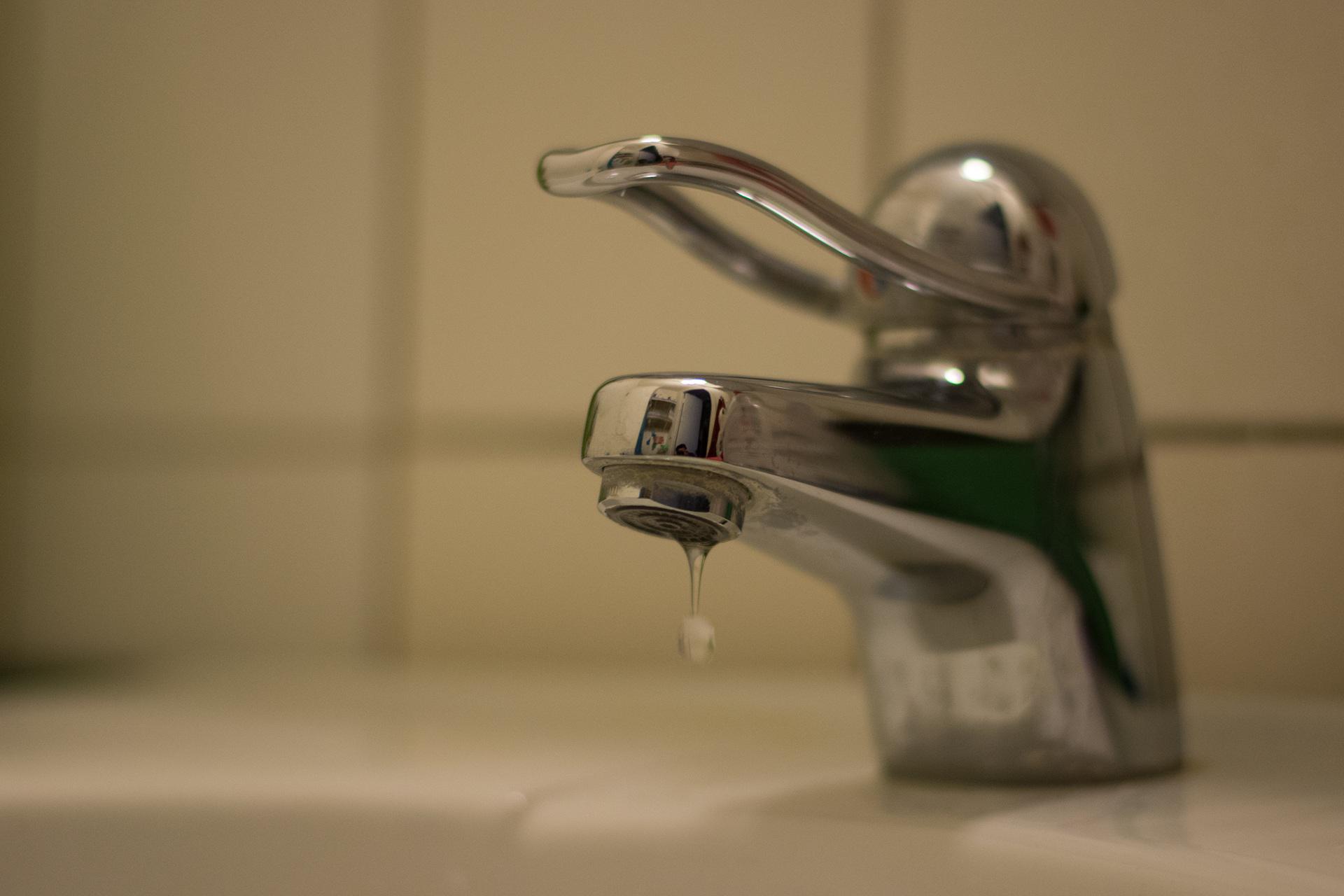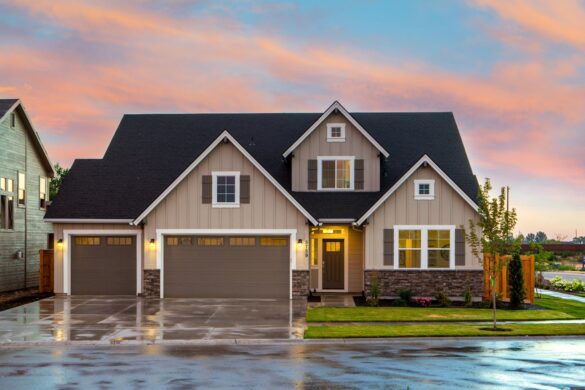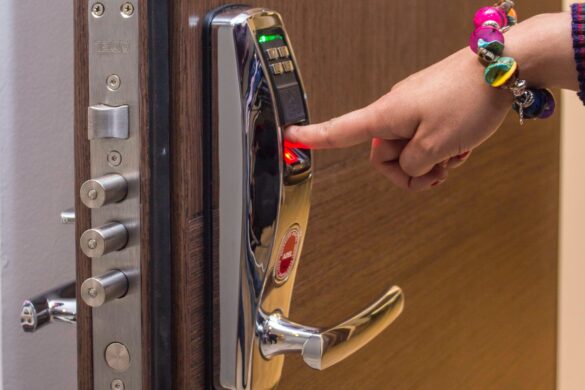
Every year, hurricanes cost hundreds of billions of dollars in damage. And, while meteorologists are cautiously anticipating a more mild hurricane season in 2019, experience has taught us that there is no such thing as certainty when it comes to these tropical storms.
The key is to prepare early, rather than waiting until the storm is imminent. Many of the repairs and reinforcements that can be done on your property in advance of a hurricane take time and money. When you wait until a storm is forecasted, you are likely to face long lines at hardware stores and waiting lists from contractors.
The fact that you’re reading this article means you’re already off to a good start! So, what can you do to get your house ready for the next superstorm? Here are 10 places to start to help you hurricane proof your home.
1. Install Impact Windows
Perhaps the most important thing you can do to prepare for a hurricane is to secure your windows. High-speed winds can launch projectiles at your home, leading to shattered glass. Not only can this damage injure your home’s occupants, but it can also allow water, dirt, and mud to get into your home.
That said, impact windows are expensive, and can run $750-$800 a window. To determine whether they are worthwhile for your home, you’ll want to consider how long you plan to stay in your home, and how at risk you are for hurricanes.
If you are not able to make an investment in impact windows, you can consider hurricane shutters. While these are not as efficient has impact windows, they are significantly more affordable.
2. Check Your Doors
Your doors are another vulnerable point on your home where wind can have an impact. Wind can rip old doors right off their hinges. Also, doors made out of cheap material are vulnerable to projectiles.
Consider replacing your doors with a reinforced or metal door. Also, if your doors have windows in them, make sure the class is impact resistant.
Finally, it is important that your doors swing out, away from the house, rather than in, toward the house. This makes it less likely that wind could blow your doors in.
3. Upgrade Your Garage Door
In addition to your doors in and out of your home, garage doors must for reinforced as well. Unsecured garage are not only at risk of flying off, but can also let wind and rain in through gaps. Also, folding garage doors may simply break, which allows wind and flooding into your garage.
A metal garage door is best suited to withstand wind from hurricanes. Also, many garage doors have the option of purchasing reinforcements and braces that can be put on the inside of the door in the event of a hurricane. These will help prevent the door from being damaged by wind.
4. Fortify Your Roof
Your roof is one of the most vulnerable features of your home during a hurricane. If you notice cracked or crumbling shingles, these can be at risk of flying off and becoming projectiles during a hurricane. And, if pieces of your roof are damaged, it can allow water and debris into your home.
There is some disagreement over what the best roofing material is for your home. In the end, either a metal or an asphalt roof can be good for your home. What is more important is that you have the proper fasteners to keep your roof in good condition.
Additionally, even the best roof can only last for a limited amount of time. Every 15 years or so, your roof should be replaced, especially if you live in a hurricane-prone area.
5. Check Your Caulking
A common way water can get into your home is through gaps in your windows or doors. Check the caulking around the windows and doors, and look for places where you can reinforce. This is especially important if you have electrical wires coming in from the outside.
6. Landscape Your Yard
Landscaping your yard is not just about aesthetic appeal. It can also be crucial to protecting your home in the event of a storm.
Bushes need to be trimmed back to prevent projectiles. The same goes for any trees on your property that might have low hanging or dead branches.
You should also evaluate any of the trees on your property to see if any are dead or dying. It is important to have these professionally removed, as they can be at risk of falling.
7. Secure Your Outdoor Furniture
Plant matter isn’t the only thing outside that could pose a threat in the event of a hurricane. Any light furniture could easily be picked up by heavy winds.
Immediately before a hurricane, you can simply bring outdoor furniture into your garage or store it safely in a shed. For a long-term solution, however, you can consider having your outdoor furniture nailed down to prevent it from blowing away.
8. Clear Your Gutters
It’s a good practice to regularly clear out your gutters. In the event of a storm like a hurricane, hower, it is especially important.
Your home’s gutters are the main way of redirecting water off of your room. If they are clogged, water can end up pooling on your roof, which can lead to damage. It can also cause water to seep through your roof and into your attic, which can in turn cause ceiling damage in your home.
9. Secure Your Documents
No matter how well prepared your home is to withstand a hurricane, there is no such thing as a home that is truly “hurricane proof.” for this reason, it’s important to have plans to make sure your important possessions are protected.
It used to be that homeowners would seek to secure their photographs. These days, however, most people store their images in “the cloud.” That said, there are still some important paper documents you will want to secure.
The most important ones are your passports, your social security cards, your drivers’ licenses, and your birth certificates for everyone in the house. While these documents are replaceable, it can be challenging and time-consuming to do so.
10. Get the Basics
The general advice is that your home should be ready to withstand 3-4 days without power in the event of a hurricane. There are a couple of basics you should have on hand to make this possible.
If you are on well water, the pump may not work if the power goes out. For this reason, you will want to have enough water on hand for everyone in your home.
It’s also a good idea to have some food on hand that does not require heating or refrigeration. Good options include crackers, jerky, and some fruits.
If you live in an area that experiences hurricanes often enough, it may be worthwhile to invest in some solutions that make your home a little more comfortable. For instance, a gas-powered generator can provide enough energy to run your refrigerator to keep food cold. You can also look at non-electric cooking options like a gas stove or a charcoal grill.
It’s also a good idea to keep some cash on hand. Many businesses will experience power or network outages that disrupt their ability to accept credit card payments. Having cash on hand will ensure that you are prepared.
How Do I Pay for This?
While some of these preparatory measures are relatively easy fixes, others are much more costly. And, while preparing for the storm rather than repairing damage afterward is safer and more cost-effective, insurance companies don’t always see it that way.
Your homeowner’s insurance (may) choose to cover roof repair if a hurricane rips part of it off. In many cases though, they’ll leave you on the hook if you decide you want to repair an old roof before the winds come in.
So how are homeowners to afford these expenses? One way is through the equity built in your home.
Taking out a home improvement loan against your home’s value can be a cost-effective way to cover repairs and remodels. See this page for more details on this option.
Hurricane Proof Your Home in the Eye of the Storm
By following these steps on how to hurricane proof your home, you will be well prepared for the next storm to come through your town.
Want to learn more about the oddities involved with being a homeowner? Check out our “Home” tab for more articles like this one.









